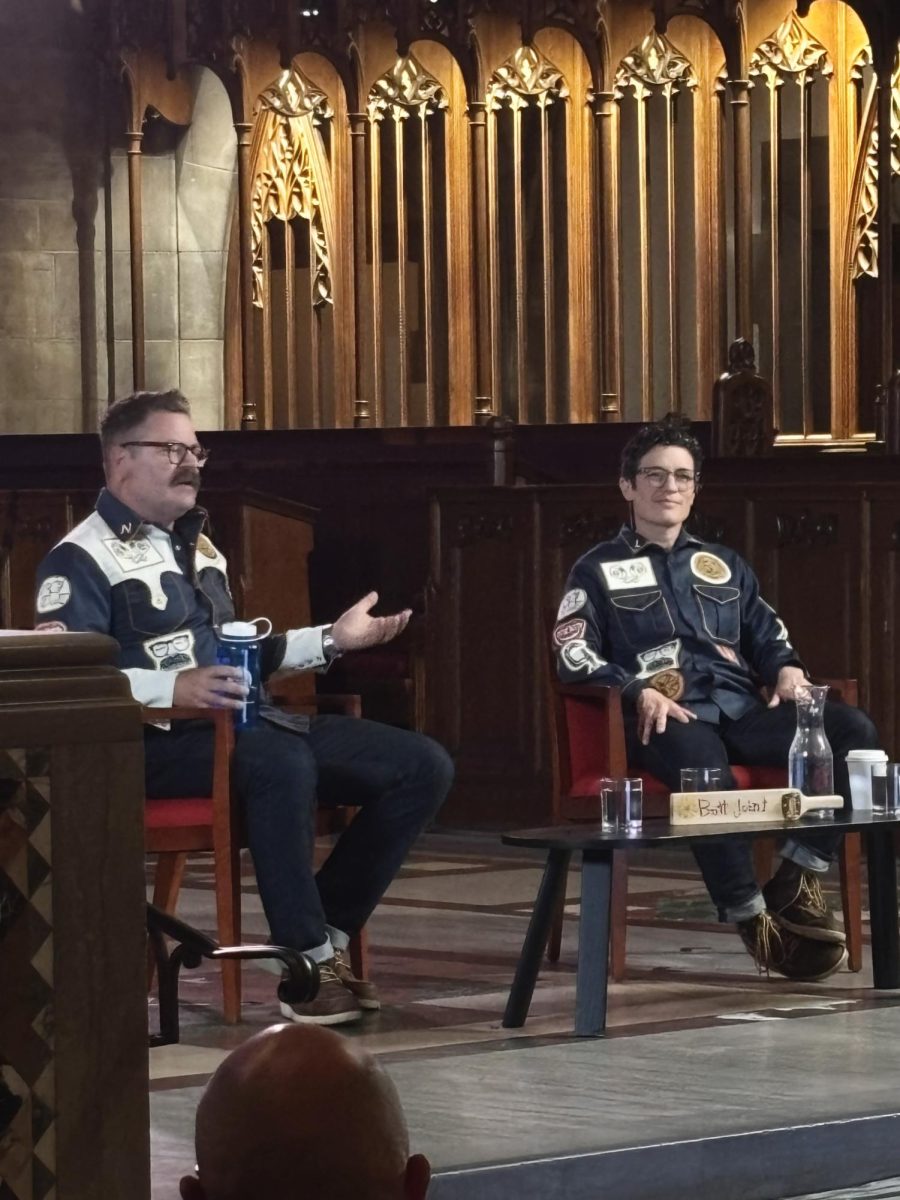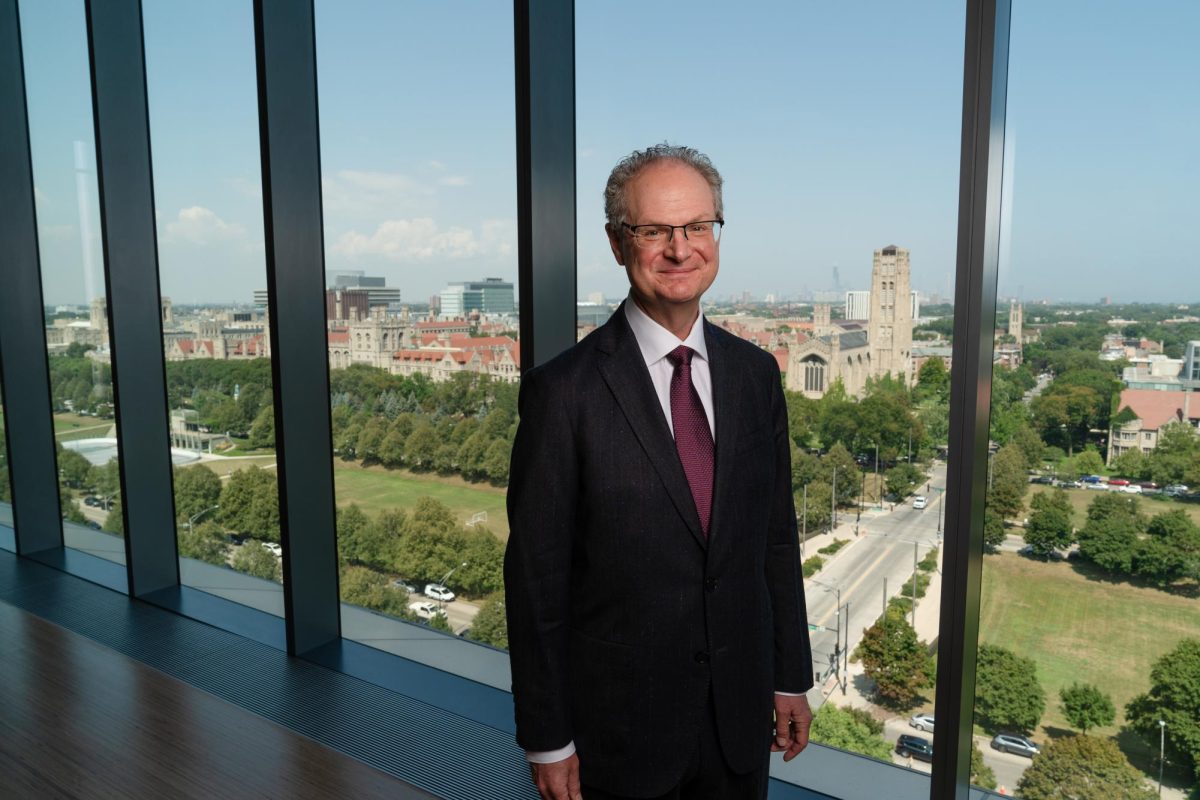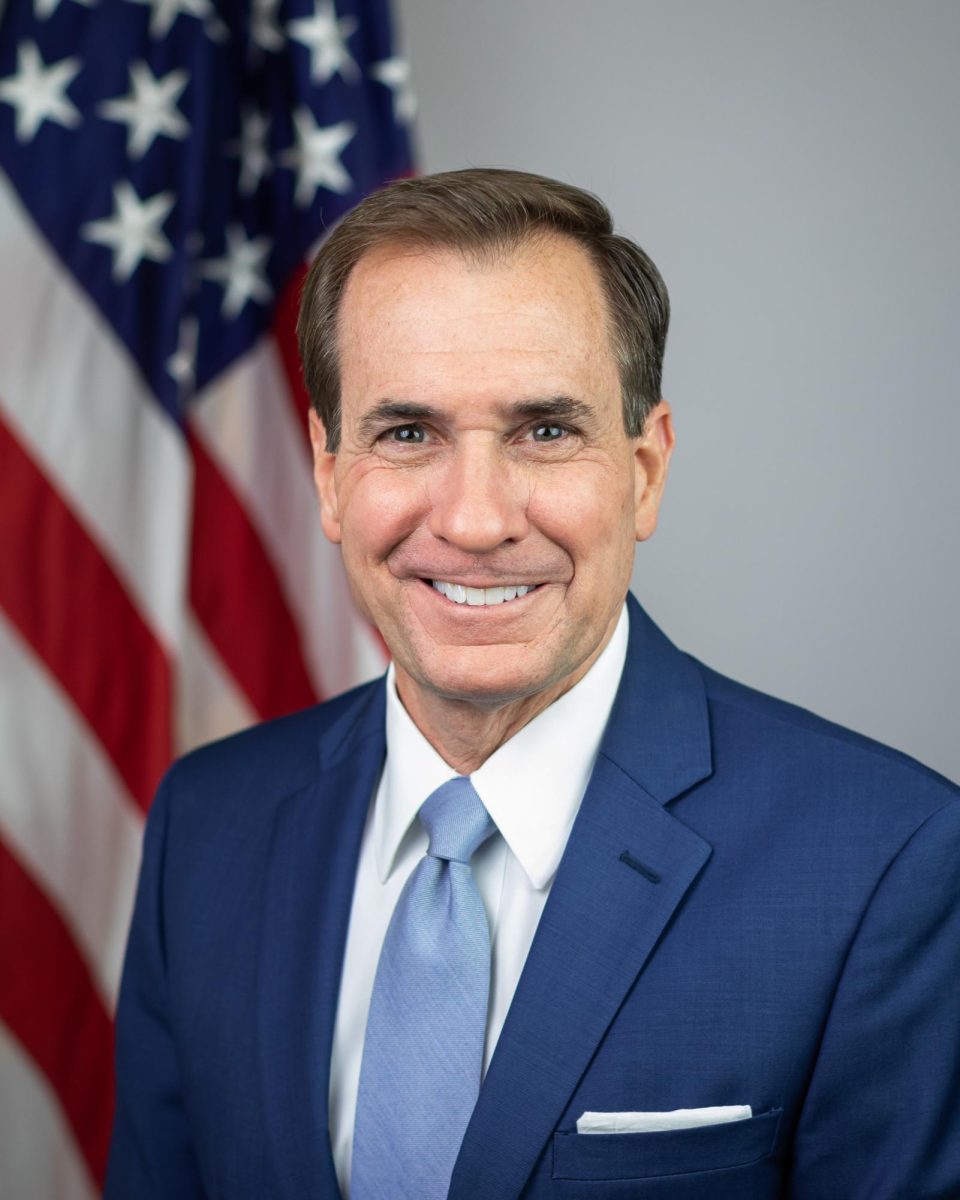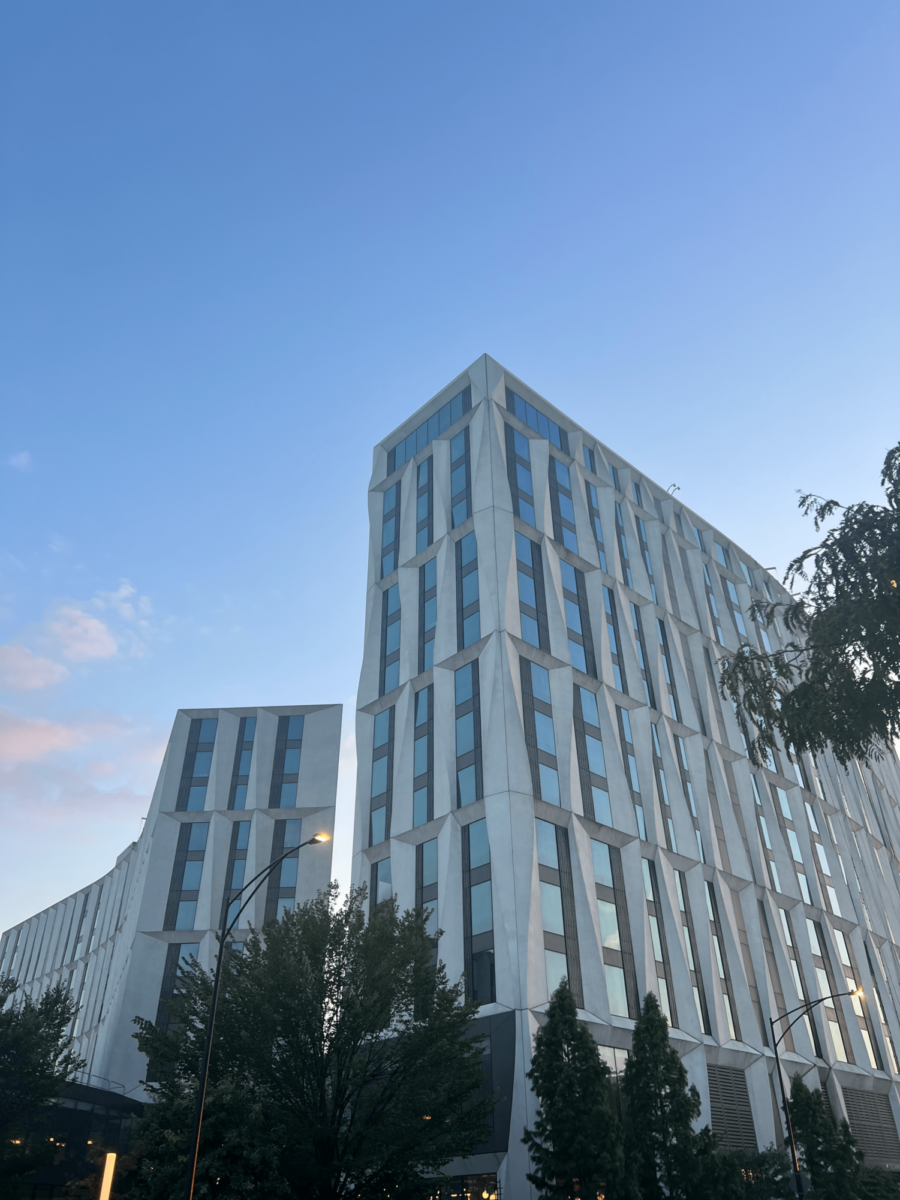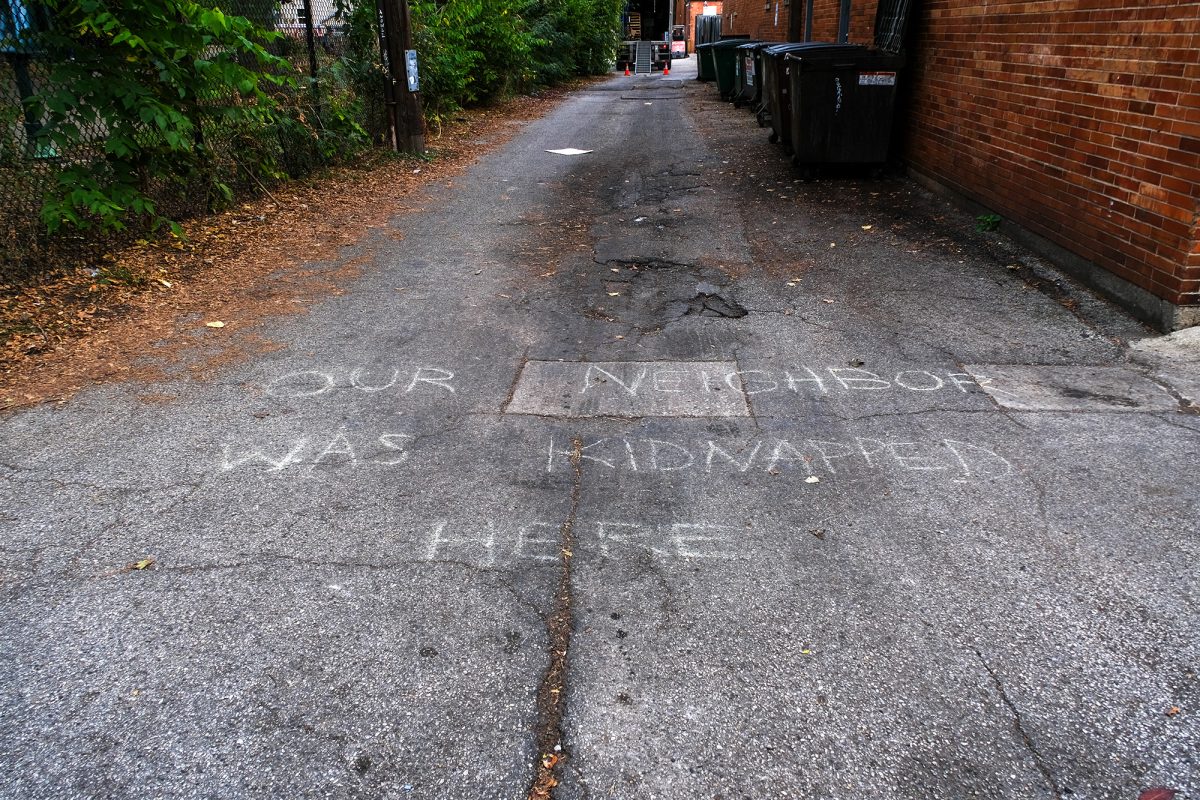Alumnus Lyle Borst, a former member of the Manhattan Project and the founder of the Federation of Atomic Scientists, died July 30 at the age of 89.
Borst, a Chicago native, completed his undergraduate education and his master’s at the University of Illinois, and earned his Ph.D at the University of Chicago in 1941. One year later, Borst worked in a metallurgy lab at the University under Enrico Fermi. The experience Borst gained in helping to create the first sustained nuclear reaction led to his being named supervisor of research for the creation of the X-10, the world’s second nuclear reactor, in Oak Ridge, Tennesee, which was completed in 1943.
His quick rise to the heights of American physics continued when, at the age of 33, he was hired to direct the construction of a nuclear reactor at Brookhaven National Laboratory in Upton, New York. At the time it was the country’s most powerful reactor and the first intended only for research. Only nine months after it reached critical mass, the Brookhaven reactor began to produce a type of radioactive iodide that would become vital to the treatment of thyroid cancer. Soon after his departure from the lab in 1951 for the University of Utah, Borst used his research at Brookhaven to show that beryllium 7, an isotope of beryllium not found naturally but created at Brookhaven, is fused in the collapse that marks supernovas.
The creation of the reactor at Brookhaven established Borst as a physicist with a passion for the responsible use of nuclear energy. In 1945, at the end of World War II, Borst founded the Federation of Atomic Scientists, for the purpose of maintaining nuclear energy and research under civilian control. The Washington, D.C.-based organization expanded to become an important think tank—now called the Federation of American Scientists—involved in all aspects of the use of nuclear energy.
After his work in Utah, where he directed construction of the school’s reactor, Borst moved on to New York University and the State University of New York at Buffalo, where he taught for 19 years. At NYU, Borst was responsible for the development of the “Pickle Barrel,” the first reactor built for the purpose of instructing undergraduate and graduate students.



